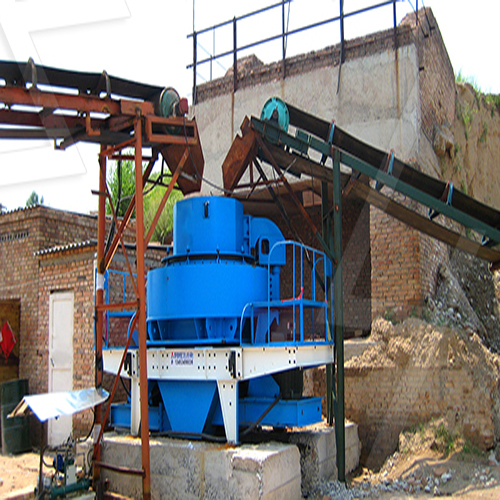Membrane separation technology is a process that uses semi-permeable membranes to separate components in a mixture based on their size, charge, or other physical and chemical properties. This technology is widely used in various industries, including water treatment, food and beverage, pharmaceuticals, biotechnology, and chemical processing. Here are some key aspects of membrane separation technology:
Types of Membrane Processes
1. Microfiltration (MF):
– Pore size: 0.1 to 10 micrometers
– Removes suspended solids, bacteria, and large particles
– Applications: Water purification, dairy processing, and clarification of beverages
2. Ultrafiltration (UF):
– Pore size: 0.01 to 0.1 micrometers
– Removes macromolecules, proteins, and viruses
– Applications: Protein concentration, wastewater treatment, and juice clarification
3. Nanofiltration (NF):
– Pore size: 0.001 to 0.01 micrometers
– Removes divalent ions, small organic molecules, and some salts
– Applications: Water softening, dye removal, and pharmaceutical purification
4. Reverse Osmosis (RO):
– Pore size: < 0.001 micrometers
– Removes monovalent ions and small molecules
– Applications: Desalination, pure water production, and concentration of liquids
5. Electrodialysis (ED):
– Uses ion-exchange membranes and an electric field to separate ions
– Applications: Desalination of brackish water and recovery of acids/bases
 Membrane Materials
Membrane Materials
– Polymeric Membranes: Made from materials like polyamide, polysulfone, cellulose acetate
– Ceramic Membranes: Made from materials like alumina, zirconia; more durable but expensive
– Composite Membranes: Combine different materials to optimize performance
Advantages
– Efficiency: High separation efficiency with low energy consumption
– Scalability: Can be scaled from small laboratory setups to large industrial plants
– Versatility: Applicable to a wide range of industries and processes
– Environmental Impact: Generally lower environmental impact compared to traditional separation methods
Challenges
– Fouling: Accumulation of particles on the membrane surface can reduce efficiency
– Cost: Initial setup and maintenance can be expensive
– Selectivity: Achieving high selectivity for specific components can be challenging
 Applications
Applications
1. Water Treatment:




